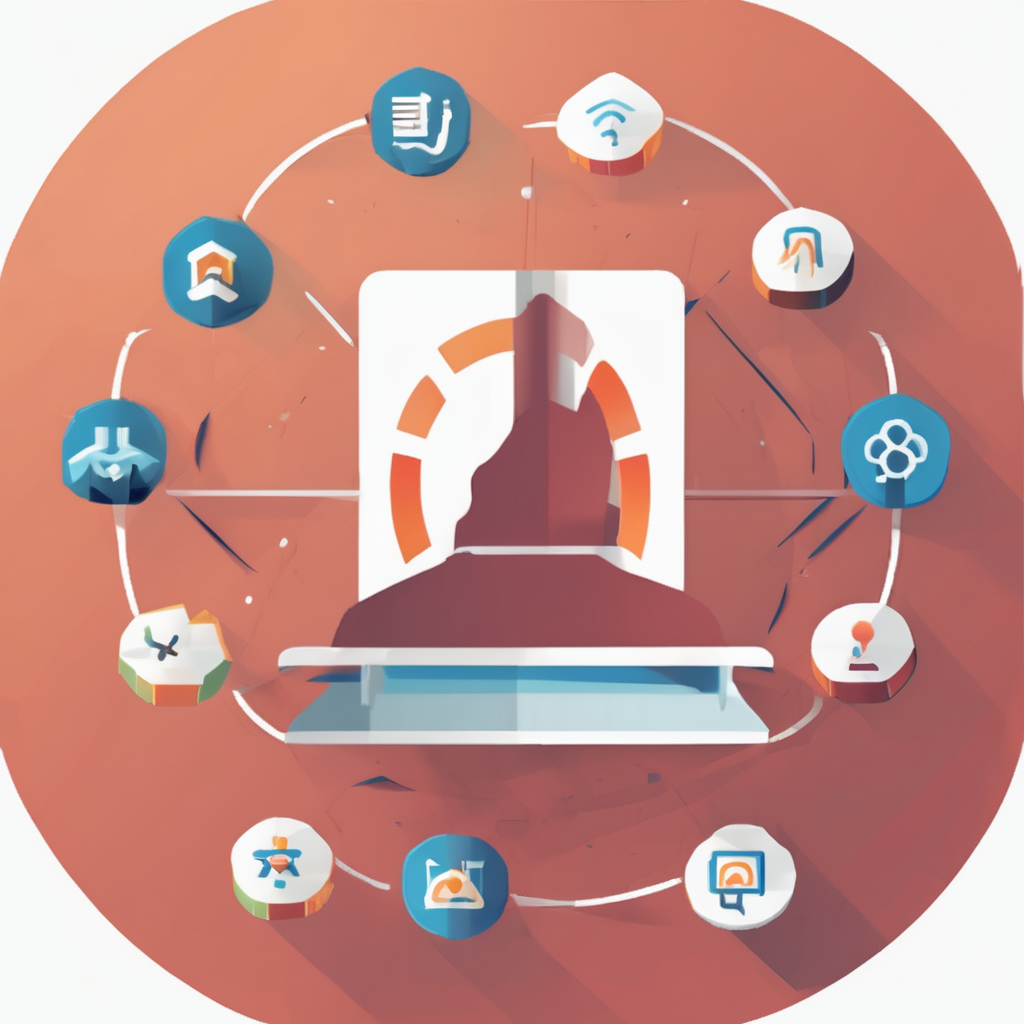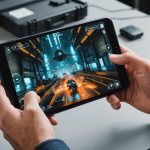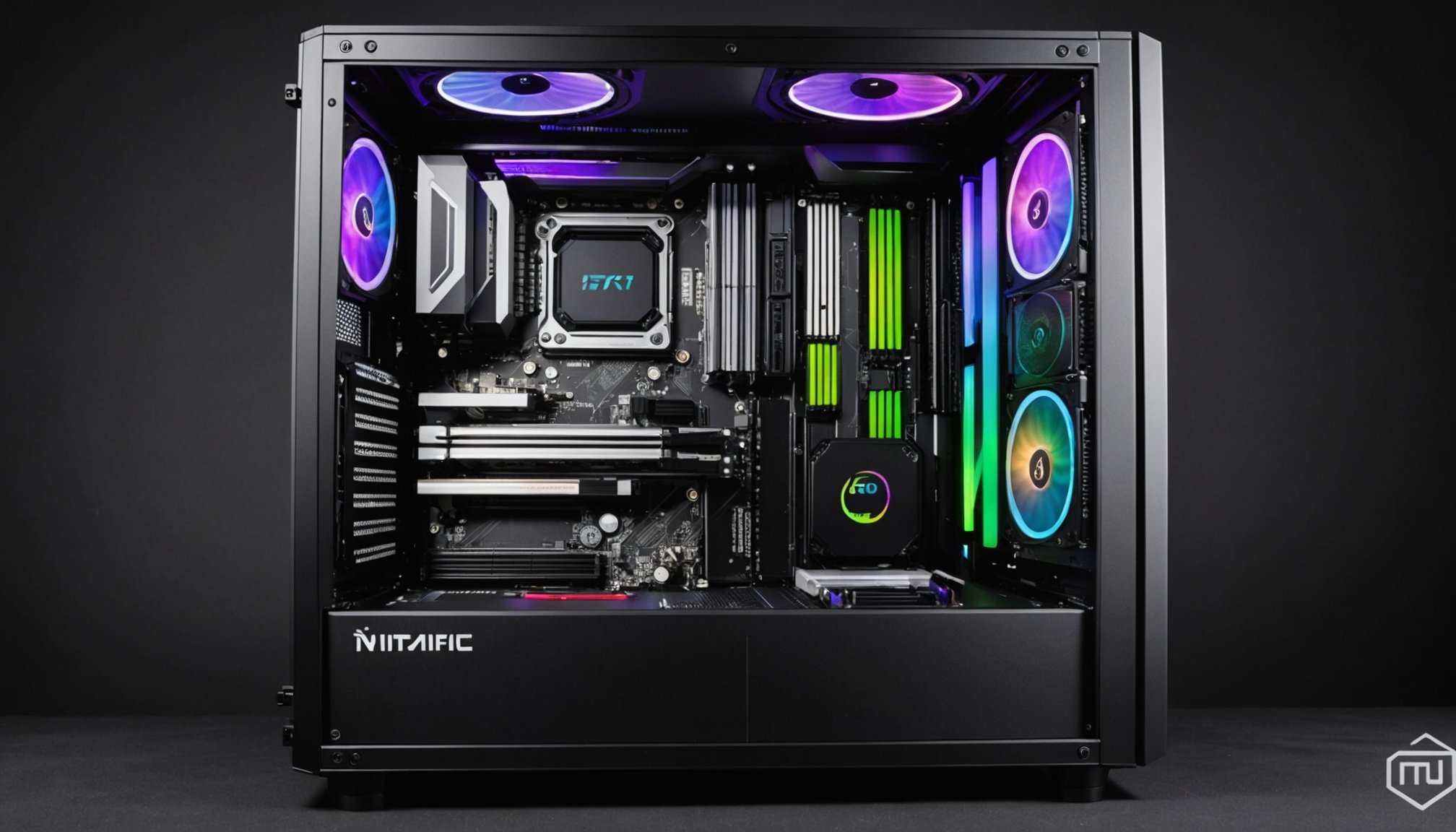Comprehensive Guide to Building a High-Performance Gaming Rig
Creating a high-performance gaming rig requires keen attention to several key components, which significantly impact gaming experience. Understanding each component’s role ensures not only functionality but also optimal gaming performance.
Essential Components for Your Build
-
Processor: The heart of your gaming rig, a powerful processor ensures smooth multitasking and swift game load times. The Intel Core i7-11700K stands out due to its advanced architecture, which enhances frame rates and in-game responsiveness. With eight cores, it efficiently supports resource-intensive games, minimizing lag and boosting performance.
In parallel : Ultimate guide to configuring your pcie capture card for exceptional live streaming on custom pcs with obs studio
-
Graphics Card: The NVIDIA RTX 3070 offers excellent gaming capabilities. It handles modern games at high resolutions, providing immersive visuals and ensuring gameplay runs without stutters. Ray tracing technology enhances realism, making it an ideal choice for gaming enthusiasts seeking superior graphics.
-
Memory and Storage: Sufficient RAM combined with a speedy SSD reduces load times, ensuring games launch quickly and run smoothly. They work in tandem with the processor and graphics card, forming the backbone of a potent gaming rig.
In parallel : Ultimate airflow optimization: enhance cooling in your corsair crystal series 680x for dual gpu setups
Choosing the right combination of these components not only elevates gaming performance but also extends the system’s longevity. Whether you are a casual gamer or a competitive player, this build guide ensures you enjoy an enhanced gaming experience.
Choosing the Right Components
Selecting the right components is vital for building a powerful gaming or work PC. Ensuring hardware compatibility is the first step to achieving optimal performance and avoiding frustrating bottlenecks.
CPU and GPU Compatibility
When considering CPU and GPU pairing, it’s important to note that compatibility directly influences performance. The Intel Core i7-11700K, for example, pairs excellently with high-end GPUs to deliver top-tier gaming experiences. Testing shows that a balanced combination can significantly reduce latency and increase frame rates, providing smoother gameplay. Remember, the latest graphics cards often require PCIe 4.0 support, so make sure your motherboard aligns with these requirements for compatibility.
Motherboard Considerations
For those integrating an Intel Core i7-11700K, motherboards supporting LGA1200 sockets are essential. These motherboards typically offer robust VRM designs, facilitating better hardware compatibility and overclocking potential. Additionally, consider RAM compatibility; DDR4 is recommended for maximising the CPU’s efficiency. Look for boards that support ample M.2 slots for SSDs, enhancing data access speed.
Other Essential Components
Crucial components such as RAM and storage impact gaming performance significantly. Opt for at least 16GB of RAM and fast NVMe SSDs. When selecting a power supply, consider wattage and certification to ensure a stable system. Effective cooling solutions, both air and liquid, are essential for maintaining performance by keeping temperatures in check.
Assembling Your Gaming Rig
Building a gaming rig from scratch can be a fulfilling journey, especially when guided by precise assembly tips and a structured build process. Start with installing the Intel Core i7-11700K. This involves securing it onto the motherboard’s processor socket. Handle the CPU with care to avoid damage from static electricity. Remember to ground yourself or use an anti-static wrist strap.
Next, shift focus to your graphics card. The NVIDIA RTX 3070 requires a PCIe slot, ensuring a snug fit to optimize performance. Proper cable management is essential. Organize cables away from cooling paths to maintain airflow, which aids in keeping the rig cool under stress. Use cable ties and strategically place cables behind the motherboard tray to maintain a neat and tidy setup.
To prevent static electricity-induced damage, always work on a static-free surface, and maintain direct contact with metal surfaces to dissipate any static charges. Ensuring that all components are securely and correctly connected, your setup will not only run efficiently but look sleek and professional. With careful attention to detail, your gaming rig assembly will be successful.
Performance Benchmarks and Cooling Solutions
Achieving optimal gaming performance relies heavily on understanding performance benchmarks and implementing effective cooling strategies. Evaluating your gaming setup through benchmarking tools can be eye-opening. These tools help determine if your system meets performance expectations. By testing various components like the CPU and GPU, gamers can identify bottlenecks and areas for improvement.
Benchmarking Your Gaming Setup
Performance benchmarking allows you to gauge your system’s potential. It uses software tools like 3DMark and PassMark, which simulate gaming scenarios to provide a comprehensive performance analysis. By assessing frame rates and processing power, you can determine if upgrades are necessary.
Effective Cooling Solutions
Once you’ve set performance benchmarks, consider cooling strategies. Cooling solutions such as air cooling and liquid cooling play crucial roles. Air cooling is straightforward and affordable, utilising fans to dissipate heat. Liquid cooling, although more costly, offers superior temperature control, which is essential during intense gaming sessions.
Monitoring System Performance
Monitoring system performance ensures your cooling strategies work effectively. Tools like MSI Afterburner and HWMonitor track temperatures and core speeds. This monitoring enables timely interventions, safeguarding your components from overheating and prolonging hardware lifespan.
Aesthetic Considerations and Customization
Creating a visually stunning PC goes beyond performance—it’s an expression of style and personality. The Lian Li PC-O11 Dynamic case is a popular choice for those emphasizing aesthetics. Its design not only allows ample airflow but also provides various customization options that can transform your build into a unique masterpiece.
When it comes to aesthetic tips, RGB lighting is at the forefront. Customization options for this feature are vast, allowing you to tweak colours and patterns to suit your taste. Investing in compatible RGB components and software can significantly enhance your build’s visual appeal.
Cable management is another crucial aspect of aesthetics. Using custom sleeves or cable extensions, you can keep cables tidy and colour-coordinated, complementing the overall theme. Choose a colour palette that matches or contrasts nicely within your setup for maximum effect.
To further elevate your aesthetic game, consider these tips:
- Use RGB lighting to create intriguing patterns.
- Choose colour-coordinated components, including cables and the case.
- Maintain clean, unobtrusive cable management.
By paying attention to these details, you can build a PC that performs well and captivates visually.
Troubleshooting Common Build Issues
Building a custom PC or rig can be a fulfilling endeavour, but certain troubleshooting challenges are often encountered. Here’s how to tackle some common issues head-on.
Power and Boot Issues
When a PC fails to power on, the issue often lies with the power supply. Ensure that all power cables are connected securely to both the motherboard and components. Verify that the power switch on the PSU is turned on, as this is a simple but commonly overlooked fix. In case the system powers on but does not boot into the BIOS, recheck RAM placement and connections to confirm everything is seated properly.
Post-Assembly Performance Problems
Sometimes, once the rig is built, performance isn’t as expected. Poor thermal management could be a culprit. Ensure that CPU and GPU have adequate cooling and that fans are directed appropriately for optimal airflow. Additionally, check for any unnecessary background processes that may slow down the system.
Compatibility Conflicts
Compatibility issues arise when components are not functioning together. A current BIOS update might solve many known common issues. Also, verify that all parts are compatible with each other, such as ensuring the GPU is supported by the motherboard and PSU capacity. Ensuring up-to-date drivers can prevent many conflicts from occurring.
Future Upgrades and Maintenance
Planning for future upgrades and regular maintenance is essential to keep your gaming rig at peak performance. Consider the following suggestions to elevate your gaming experience and ensure longevity.
Upgrading Components
When it comes to enhancing performance, upgrading specific components can make a significant difference. Prioritise upgrading your GPU and RAM to boost graphics and multitasking abilities. Future upgrades should focus on newer generation parts that are compatible with your current setup. Check socket compatibility and power supply capacity to avoid potential issues.
Routine Maintenance
Routine maintenance is crucial for keeping your system running smoothly. Regularly clean dust from fans and components to prevent overheating. Apply fresh thermal paste to your CPU annually to maintain effective heat dissipation. Keep your software and drivers updated to optimise system performance and security. Simple practices like these can significantly extend your setup’s lifespan.
Compatibility Considerations
When planning future upgrades, be aware of compatibility issues. Ensure that your motherboard supports the new components you intend to install. This consideration prevents incompatible purchases and preserves your gaming rig’s efficiency.
Staying proactive in both future upgrades and routine maintenance not only improves performance but also maximises the longevity of your gaming system.











